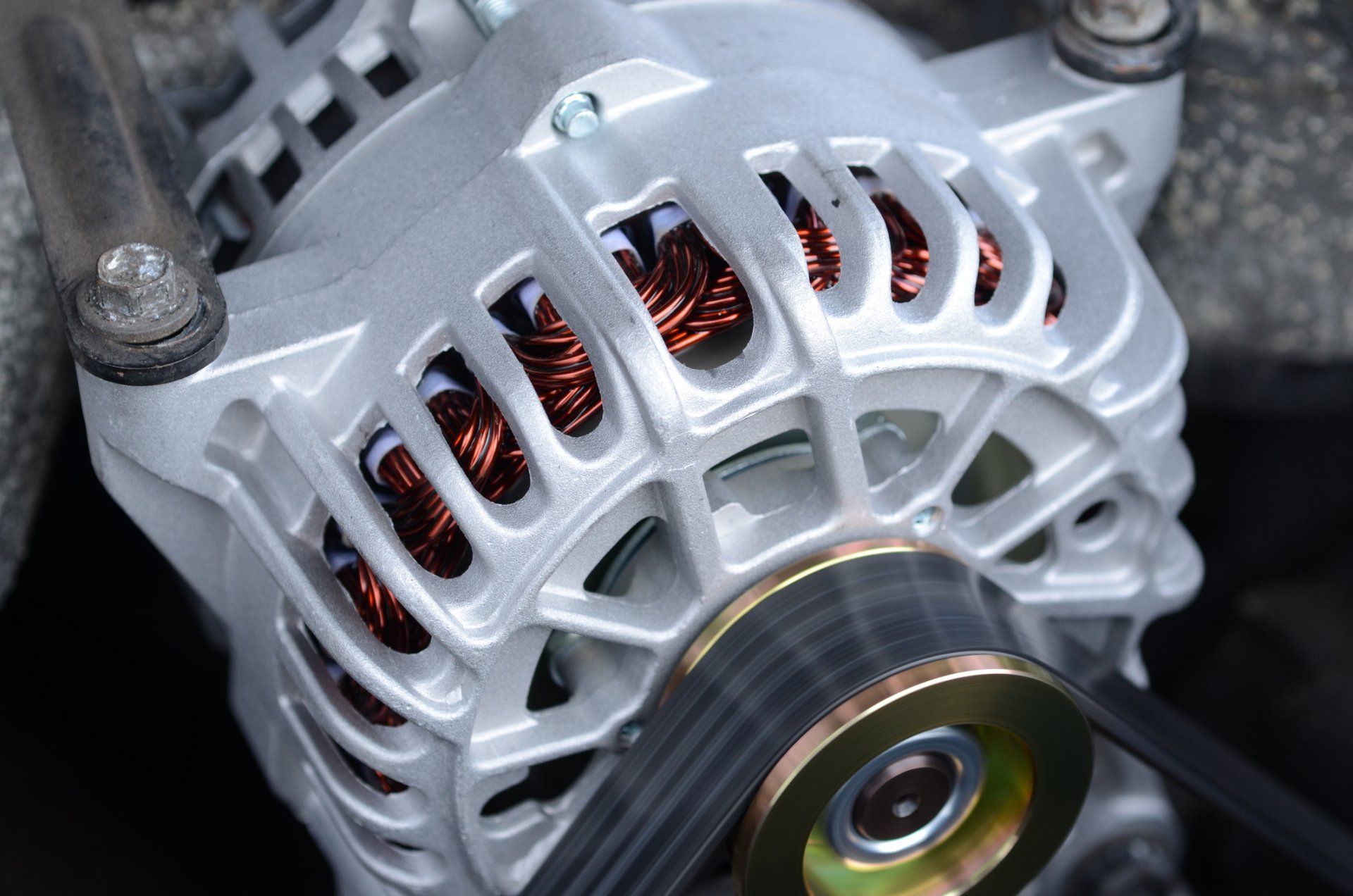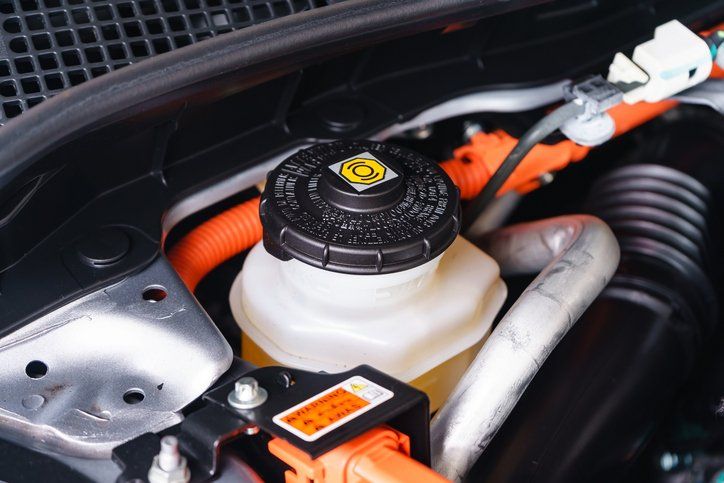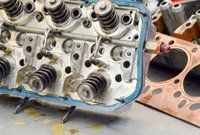
Your vehicle's battery is arguably the second most important component under the hood, right after the engine. Without the battery, none of the electrical systems, including the ignition system that powers the engine, would be able to operate. This means that a dead or malfunctioning battery can cause a host of issues to your vehicle.
Fortunately, there are more than a few different red flags that you can watch out for to determine when you should have your car battery replaced.
Fortunately, there are more than a few different red flags that you can watch out for to determine when you should have your car battery replaced.
Slow Engine Starting
If you notice that there is a significant delay between when you turn your key in the ignition and when the engine actually turns over, your car battery may be to blame. A car battery that has a low charge may struggle to provide enough power to actually start the engine.Once the engine starts, the alternator kicks in, making up for the low charge of your battery. This means that you may not notice any other problems with your vehicle's electrical systems once the engine is running.
However, if your vehicle has trouble starting the engine, the battery is likely close to giving out completely and should be replaced as soon as possible. After all, you wouldn’t want to be stranded somewhere with a car that can’t start.
Issues With Electrical Systems
In the logical progression from the above point, if you notice any issues with the other electrical systems in your vehicle, such as dimmed headlights, a radio that suddenly has difficulty picking up signals and power windows and doors that are sluggish, your battery is likely almost completely drained.Issues with other electrical systems in your car can be dangerous, as they can reduce your ability to see while driving, in the case of dimmed lights, or distract you from what's on the road. Replacing the battery can alleviate these issues.
Physical Damage
If you pop open the hood and see any sign of physical distress to the battery, it's likely long overdue for a replacement. The most common type of physical damage is corrosion and gunk built up around the terminals of your battery. This points to leaking battery fluid, which means that your battery is quickly losing its capacity to hold a charge.Beyond corrosion, your battery can also swell up and bloat around the casing. This is a much more serious form of damage and is usually caused by intense amounts of heat under the hood (which can also point to some other mechanical failure, usually within the coolant system).
No matter the type of physical damage, a battery that is no longer structurally sound needs to be replaced as soon as possible to ensure that your vehicle has access to a stable power source and can continue to operate properly.
Strange Smells
If your battery has a fluid leak (which can cause the corroded terminals mentioned above), you may also notice a strange smell in the cabin of your vehicle. The smell of battery acid is similar to the smell of rotten eggs or natural gas.A battery fluid leak greatly reduces the charge capacity of your battery, as already mentioned, but it can also cause structural damage to the internal components of your vehicle that it comes into contact with. Replacing a leaking battery as soon as possible is the only way to ensure that further mechanical problems don't manifest themselves.
For any questions regarding your vehicle's battery, you can contact us at Midway Garage & Salvage LLC. We will be more than happy to take care of any battery replacement or address any other automotive repair concerns that you may have.


















